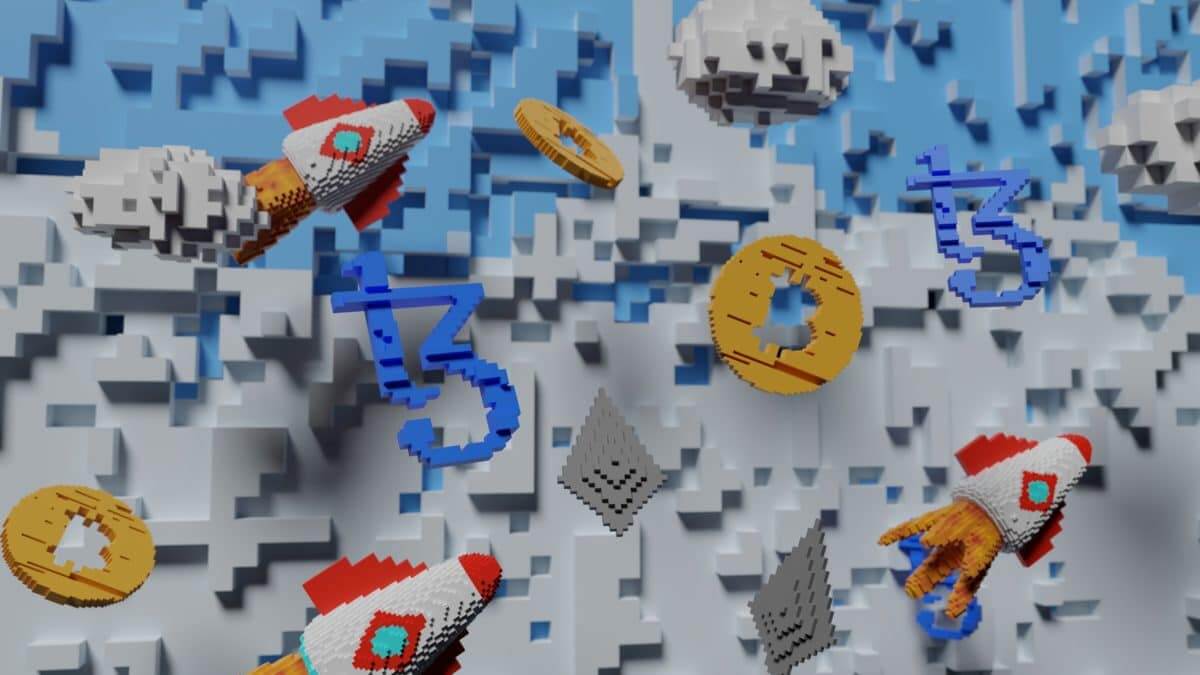
Verification And Speed: The Blockchain Transactions Behind The Scenes
Any processing platform must be able to process user transactions at a rate that doesn’t lead to a bottleneck, much downtime, or a crash to facilitate transactions effectively. The Merge feature of Ethereum is essential, but there are other solutions to this issue for its own network.
Let’s use the Internet of Things as an analogy. Transmission Control Protocol (TCP), which divides data into smaller packets, is the common protocol that enables data transmission across the internet. When data is transferred, a specific IP address can be found and utilized as the target by utilizing IP, or Internet Protocol, in conjunction with TCP.
A Layer 1 protocol’s built-in consensus mechanism is responsible for both security and speed. As was already established, the two basic mechanisms for maintaining security are proof of work and proof of stake, which make a deliberate breach of security highly expensive in capital and money.
Sometimes Layer 1 protocols can hand off the validation process to a Layer 2 protocol to help with speed. Alternately, a blockchain can be divided into smaller groups, each dealing with a distinct data collection. Sharding is the name of this processing speed-up technique.
A Layer 2 Protocol is constructed “on top of” a primary network protocol (such as Ethereum) that conducts transactions somewhat faster. Polygon is an illustration of an Ethereum Layer 2 protocol. Other instances include the Lightning Network for Bitcoin, Arbitrum (on Ethereum), and Optimism (on Ethereum).
Consider Layer 2s as independent blockchains that perform tasks for the Layer 1 blockchain. Their major goal is to speed up transaction processing on the main blockchain without sacrificing security.
More About Blockchain Transaction
In order to accomplish this, the Layer 2 protocol processes everything on the side. It does not instantly validate each transaction in the same manner that the main network would. Instead, the main protocol is used for trust and verification. Only the beginning and end amounts are later recorded on the main protocol to complete the transactions.
The completion and verification of a blockchain transaction are known as transaction finalization. Since we are accustomed to completing and verifying financial transactions in the real world by tapping a “buy” button or swiping a credit card, this can appear simple.
But remember that a central authority, like a bank, verifies routine (non-blockchain) transactions. Blockchain transactions require a consensus of miners (Proof-of-work) or validators to be verified (Proof-of-stake).
The nature of decentralized systems. Which must mitigate or guard against the risk of “bad actors” who would try to disrupt the verification process. It is what undermines the consensus process. In this situation a malicious miner or validator may attempt to undo or alter the transaction. This happens before it is really confirmed.
Blockchains’ Proof-of-work and Proof-of-stake consensus processes guard against this possibility by making it extremely difficult to obtain the kind of majority control (51%) required to undo or alter a transaction for nefarious purposes.




